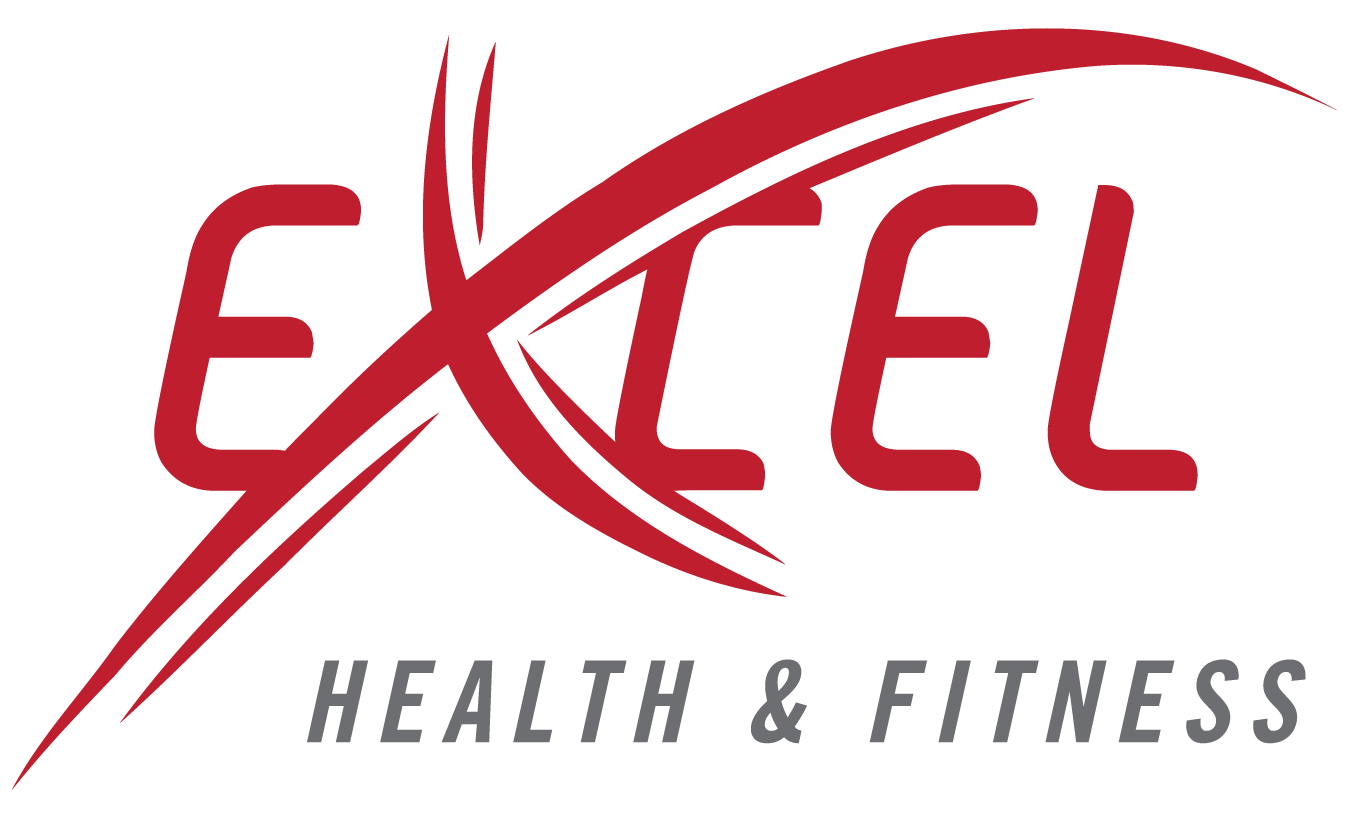You’re Doing Everything Right — But the Numbers Stay the Same
You’ve been eating better, exercising, staying consistent. You walk in for your second body fat scan, expecting a big drop...
But the numbers look the same. Or barely changed.
Frustrating, right?
At Excel Health & Fitness in Manteca, we’ve seen this happen to a lot of people. And here’s the truth:
Just because the number didn’t move doesn’t mean you failed.
It usually means you’re in the middle of a transformation, and sometimes, that change isn’t fully visible yet.
Your Body Is Changing Even When the Numbers Aren’t
Fat loss and muscle gain don’t always happen in neat little blocks. Sometimes your body is adjusting behind the scenes:
Rebuilding muscle
Reducing inflammation
Improving hydration
Shifting posture and alignment
Your Fit3D scan may show little or no change in fat percentage, but if you look closer, you might see:
Inches lost in your waist or hips
Posture improving
Muscle balance getting better
Fat shifting to healthier areas
That’s progress, even if the main number doesn’t move yet.
Fat Loss Isn’t Always Linear
Most people don’t lose fat like this:
📉📉📉📉
It looks more like this:
📉⬅️⬆️⬇️➡️⬇️
You’ll have plateaus. You’ll have jumps. You’ll have weeks where your body is adjusting before it lets go of more fat.
That’s why retesting is still valuable, even if the results feel flat.
How to Respond If Your Results Don’t Change
Don’t quit — plateaus are normal
Check your trends — look beyond just the body fat %
Ask a coach — sometimes small tweaks can make a big difference
Wait 4–6 weeks — not every change shows up in 2 weeks
Focus on behaviors, not just outcomes — are you sticking with the plan?
Remember Why You Started
You didn’t sign up to be perfect. You signed up to improve. And improvement doesn’t always show up right away on a chart.
Stick with it. Keep scanning. Progress always shows up, it just doesn’t always follow your schedule.
